
Polarized Training Pathway
In collaboration with Dr. Stephen Seiler, the “father of polarized training,” we have curated everything you need to know about the 80/20 training method.

Cycling training is a science and an art. How endurance athletes train, when they train, and the intensity and duration of that training all affect the gains and adaptations they see.
Proper interval execution is essential to see the expected progress. How you analyze and interpret all that data is equally valuable. Of course, training needs to be planned so it fits into any given season, race schedule, and lifestyle. Off the bike, the importance of strength and conditioning is often neglected.
This is training. This process is what athletes live for.

In collaboration with Dr. Stephen Seiler, the “father of polarized training,” we have curated everything you need to know about the 80/20 training method.
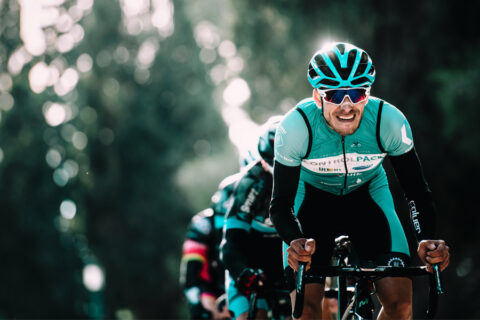
Interval workouts are a fundamental part of any endurance training program. Learn exactly what intervals are, why they are so important, and how to properly execute interval workouts with the help of Sebastian Weber, Neal Henderson, and Dr. Stephen Seiler.
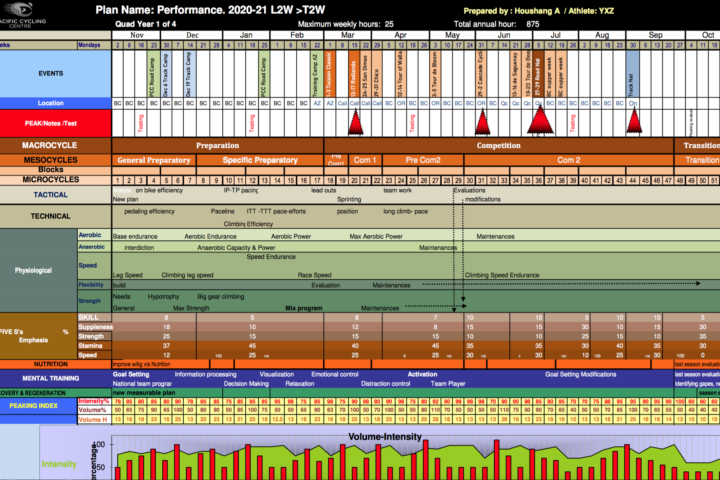
We review the art and science of developing and maintaining an annual training plan, which helps athletes progress and perform at their best.
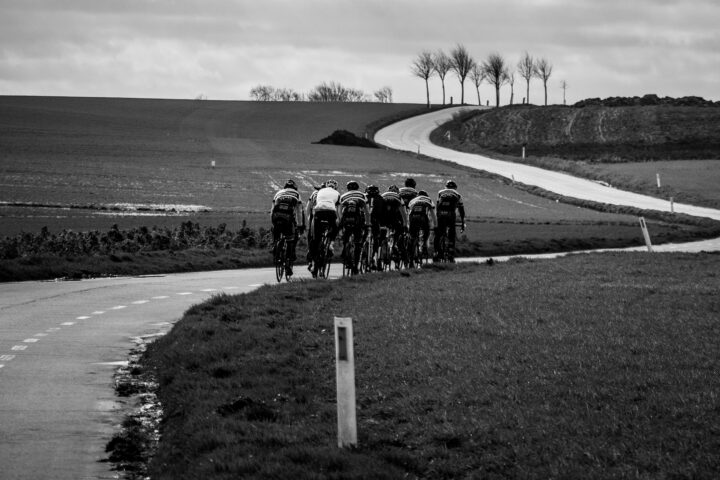
It’s hard to find time to fit in the long, slow miles that traditionally comprise the base season. Coach Trevor Connor offers suggestions for improving life-training balance, understanding quality versus quantity, and more.
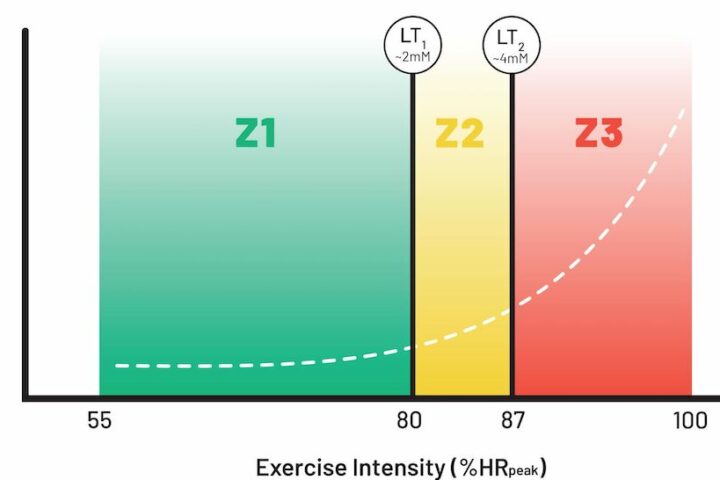
Polarized training is a case where science hustled to catch up with real-world results. Coach Trevor Connor explains how sport science misunderstood the physiology and inadvertently shifted the focus toward high-intensity training.

In collaboration with Dr. Stephen Seiler, the “father of polarized training,” we have curated everything you need to know about the 80/20 training method.

We asked for your questions on our 200th anniversary episode and we got so many of them that we decided to dedicate another episode to answer them.
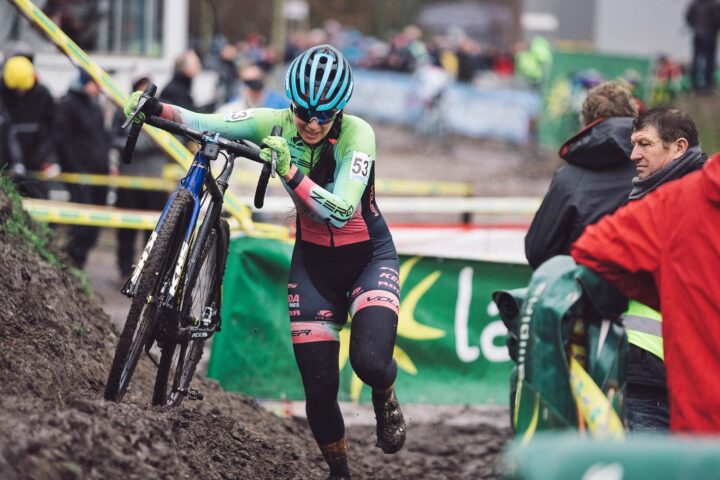
Coach Rebecca Gross of 3six0 Performance helps us field questions on polarized training, closing out your season, if you can “ruin” workouts, spin classes, and more.
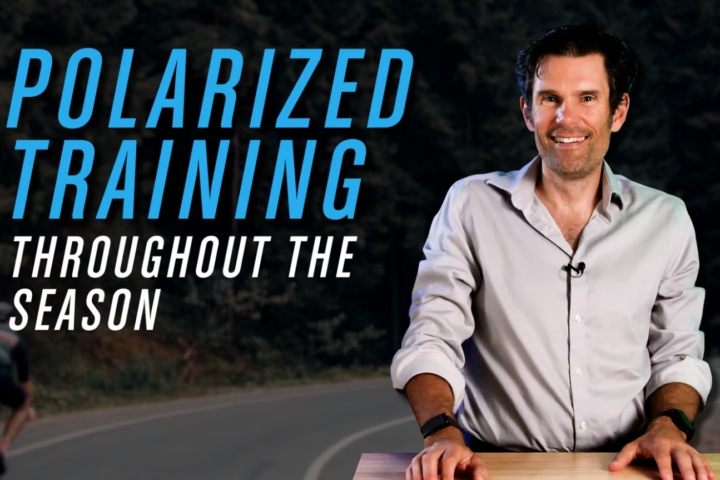
Coach Trevor Connor details how to apply the polarized training method and distribute intensity across your entire season.
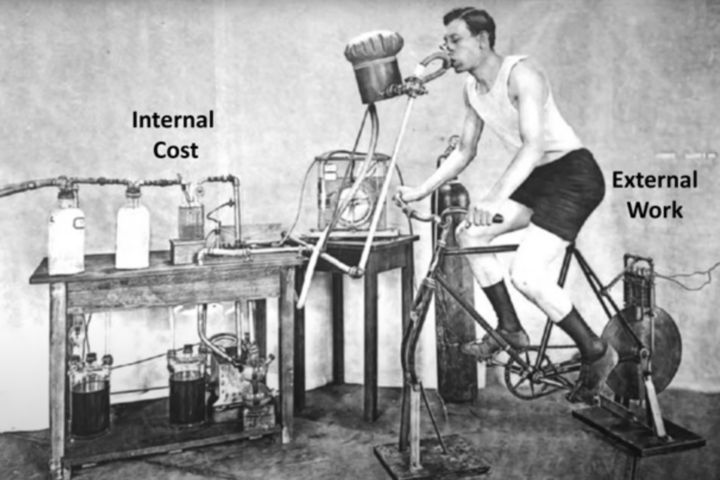
Exercise physiologist Dr. Stephen Seiler walks through five steps for turning polarized training into a more personalized approach.
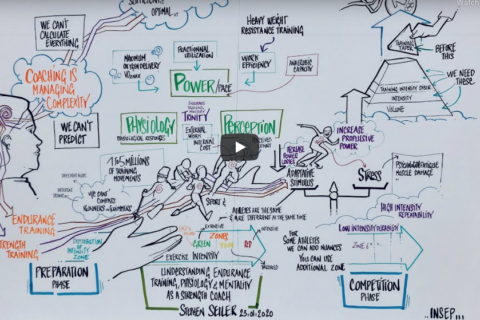
Dr. Stephen Seiler answers five endurance training questions on heart rate, zones, polarized training, rest, and much more.
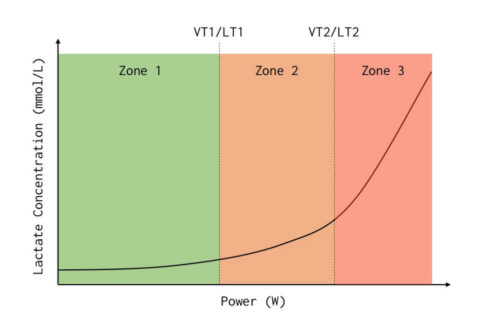
Dr. Stephen Seiler and Trevor Connor discuss polarized training, intensity distribution, and endurance in this webinar with CKO Sprint.
Head Coach Ryan Kohler and Grant Holicky field questions on goal setting, cyclocross training, polarized training as you age, and cross training.

If your dad were a world-class exercise physiologist like, say, Dr. Stephen Seiler, how would you train? Probably pretty effectively. In this case study of one, Dr. Seiler chats with his daughter and runner, Siren, to review her career and training methods.
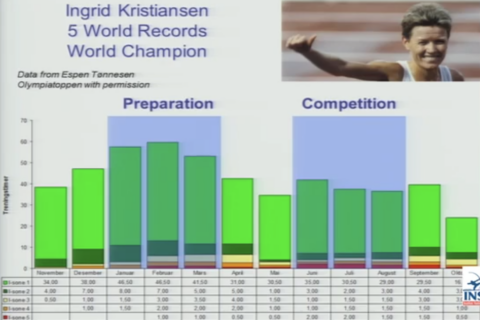
Dr. Seiler presents on the topic of training intensity when using polarized training.
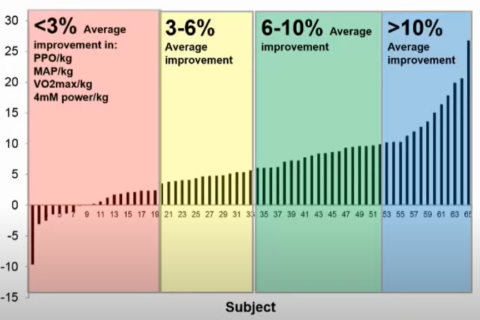
Dr. Stephen Seiler presents the reasons, methods, and benefits of moving from a polarized training template to a more personalized, optimized training method that is still based on polarized training.
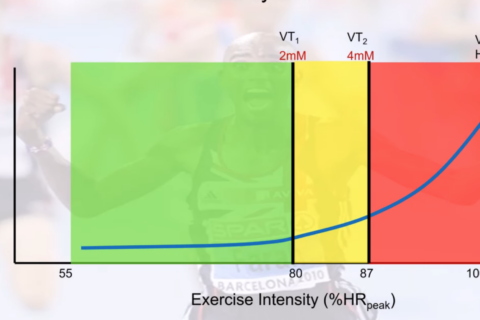
Dr. Stephen Seiler introduces polarized training during this in-studio podcast with FLO Cycling.

In this Q&A episode, guest Grant Holicky discusses sweat rate, polarized training for cyclocross, VLamax, and recovery tools.
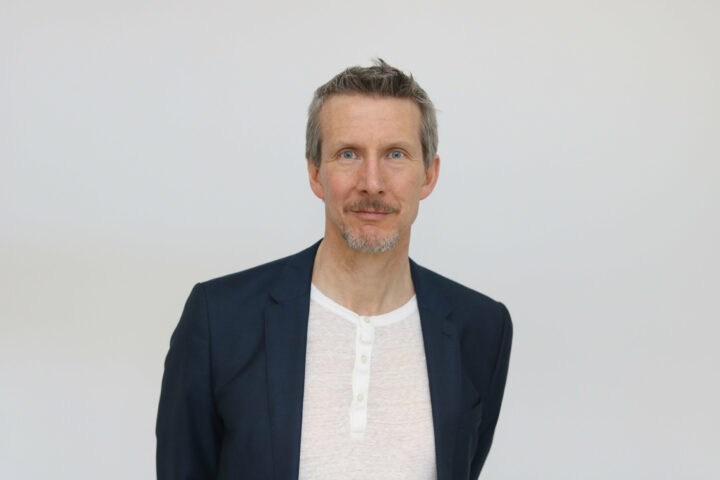
In this episode we learn about the inception of the polarized method, and we discuss Dr. Seiler’s current research on the all-important aerobic threshold.
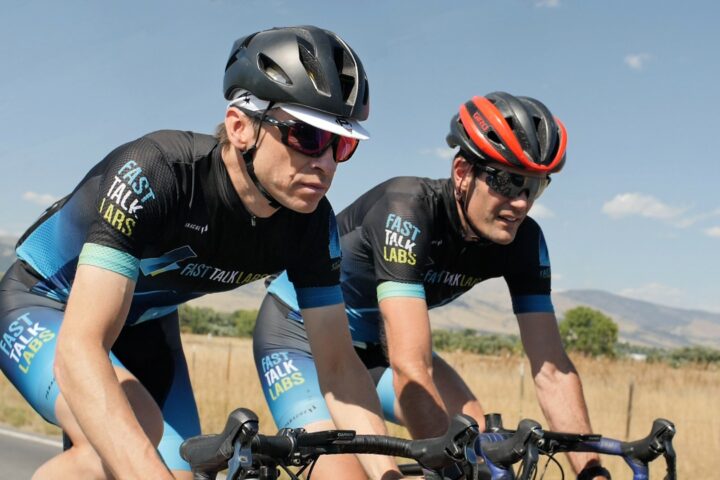
We take on questions about training while fasted, goal–setting analysis, and have a discussion on the polarized training approach.
This Q&A episode we’ll answer questions about diet, the value of short easy rides, sub-threshold work in a polarized training model, and inflammation.

Dr. Stephen Seiler breaks down the application of the polarized training model, addressing what is meant by the two thresholds—LT1 and LT2—and how to determine yours. We also discuss why it’s important not to over-estimate LT1 or LT2, and how to use them to determine your zones in a three-zone model.